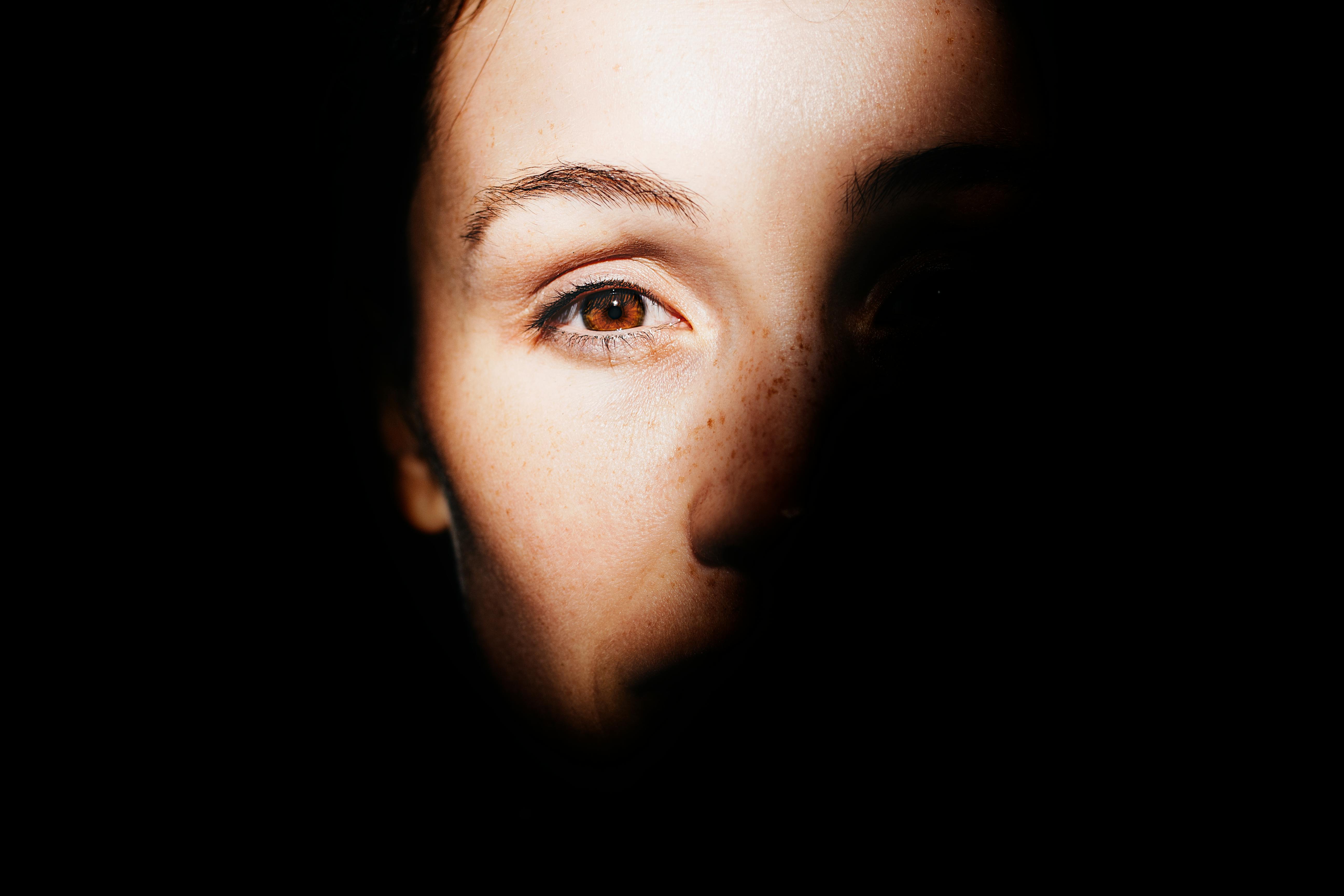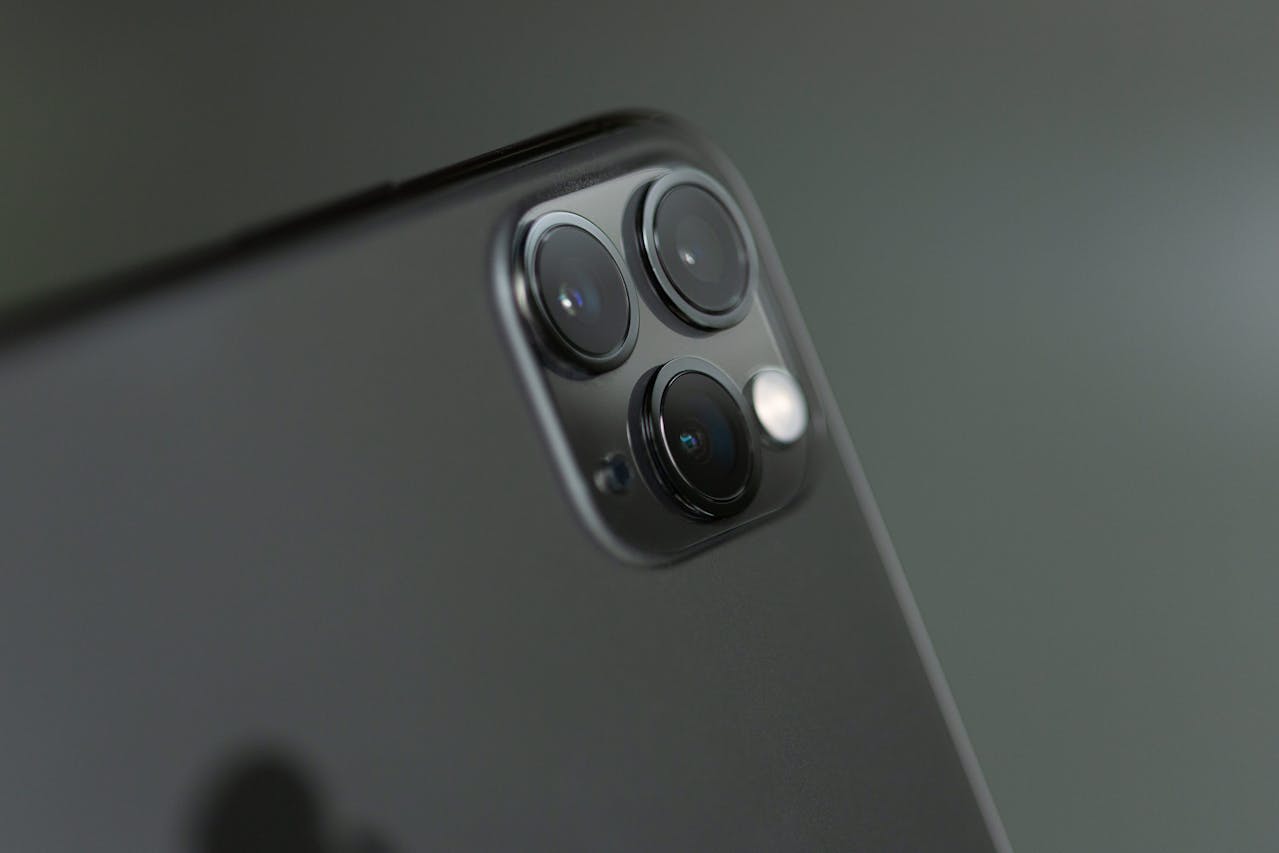Unveiling the Mysteries of Eye Bags: Causes, Treatments, and Prevention
Skin and haircare are dynamic fields, continuously evolving as new research and technological advancements emerge. The journey towards understanding and maintaining the health of our skin and hair is a complex one, filled with numerous challenges and fascinating discoveries. One such challenge that has intrigued scientists and beauty enthusiasts alike is the phenomenon of eye bags. These puffy under-eye areas are a common concern for many, often associated with tiredness and ageing. This article aims to delve into the mysteries of eye bags, unravelling their causes, treatments, and prevention methods, while offering unique insights into this prevalent skin issue.

A Historical Overview of Eye Bags
Throughout history, different cultures have had varied perceptions of eye bags. In some Asian cultures, for instance, slight puffiness under the eyes – known as ‘aegyo sal’ in South Korea – is considered attractive and youthful. On the other hand, Western societies often perceive eye bags as signs of ageing or exhaustion.
Despite these cultural variations, the pursuit of understanding and treating eye bags is a universal endeavor, dating back to ancient times. Historical records show that Egyptians used various natural ingredients to address under-eye puffiness, while the Greeks and Romans resorted to herbal treatments.
In contemporary times, the understanding of eye bags has significantly advanced, driven by developments in dermatology and cosmetic science. Today, we are equipped with a range of treatments and preventative measures, from skincare products and lifestyle modifications to non-invasive procedures and surgical interventions.
Understanding the Causes of Eye Bags
Eye bags result from the weakening of muscles and tissues surrounding your eyes. Several factors contribute to this condition, including ageing, heredity, lifestyle habits, and certain medical conditions. As we age, the skin loses its elasticity, and the muscles supporting our eyelids weaken, causing fat that usually helps support the eyes to migrate to the lower eyelids, creating a puffy appearance.
Furthermore, lifestyle habits such as smoking, excessive alcohol consumption, and lack of sleep can exacerbate the appearance of eye bags. Certain medical conditions, like allergies, dermatitis, and fluid retention, can also worsen under-eye puffiness.
Modern Treatment Modalities for Eye Bags
Today’s skincare landscape offers a host of treatment options for eye bags. Topical creams and serums enriched with ingredients like retinol, hyaluronic acid, and vitamin C can reduce puffiness and improve skin elasticity. Cold compresses, eye massages, and certain facial exercises may also help alleviate eye bags.
For more severe cases, medical treatments may be required. Non-invasive procedures like dermal fillers can help restore lost volume and smooth out the under-eye area. In some cases, a surgical procedure known as blepharoplasty may be recommended to remove excess fat and skin in the under-eye area.
The Role of Lifestyle Modifications in Preventing Eye Bags
While treatments can help manage eye bags, it’s crucial to also focus on prevention through lifestyle modifications. Adequate sleep, a balanced diet rich in fruits and vegetables, regular exercise, and staying hydrated can help maintain skin health and prevent the formation of eye bags. It’s also essential to avoid smoking and limit alcohol consumption, as these habits can accelerate ageing and exacerbate under-eye puffiness.
The Impact of Eye Bags on Self-Perception and Confidence
The prevalence and visibility of eye bags have significant psychological impacts, often affecting individuals’ self-perception and confidence. As our society becomes increasingly image-conscious, the desire to maintain a youthful appearance has intensified, driving the demand for effective solutions to skin concerns like eye bags.
However, it’s important to remember that ageing is a natural process, and eye bags are a common part of this journey. While it’s beneficial to understand and manage skin issues, it’s equally important to cultivate a healthy relationship with our bodies and ageing process.
In conclusion, understanding eye bags involves a multifaceted exploration of historical context, scientific research, and societal perceptions. As we continue to unravel the mysteries of skin and haircare, the journey towards healthier skin becomes not just a pursuit of beauty, but a testament to the resilience, adaptability, and endless curiosity of the human spirit.




